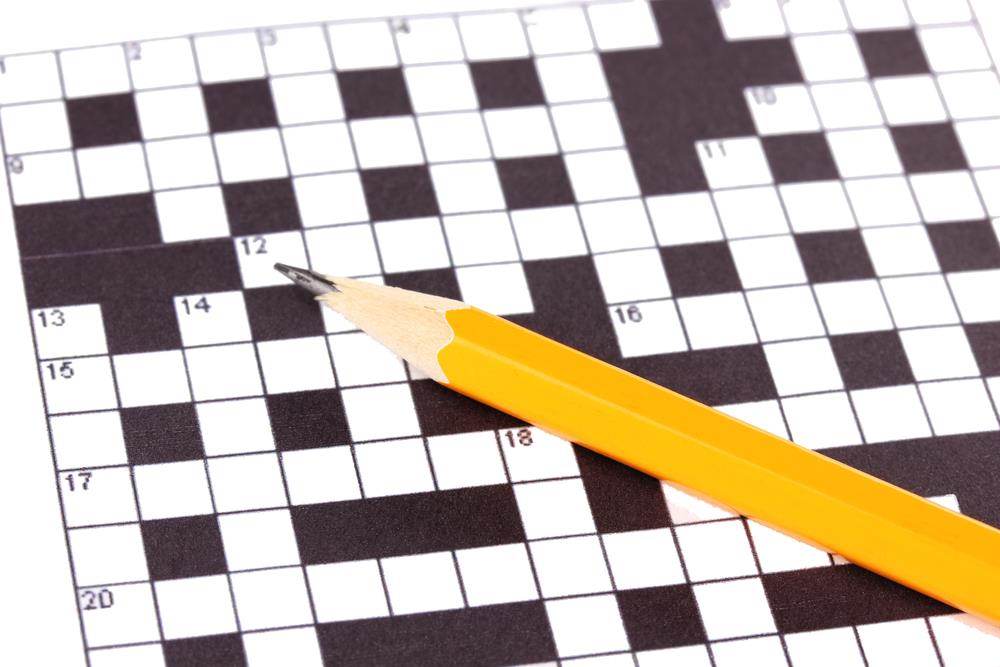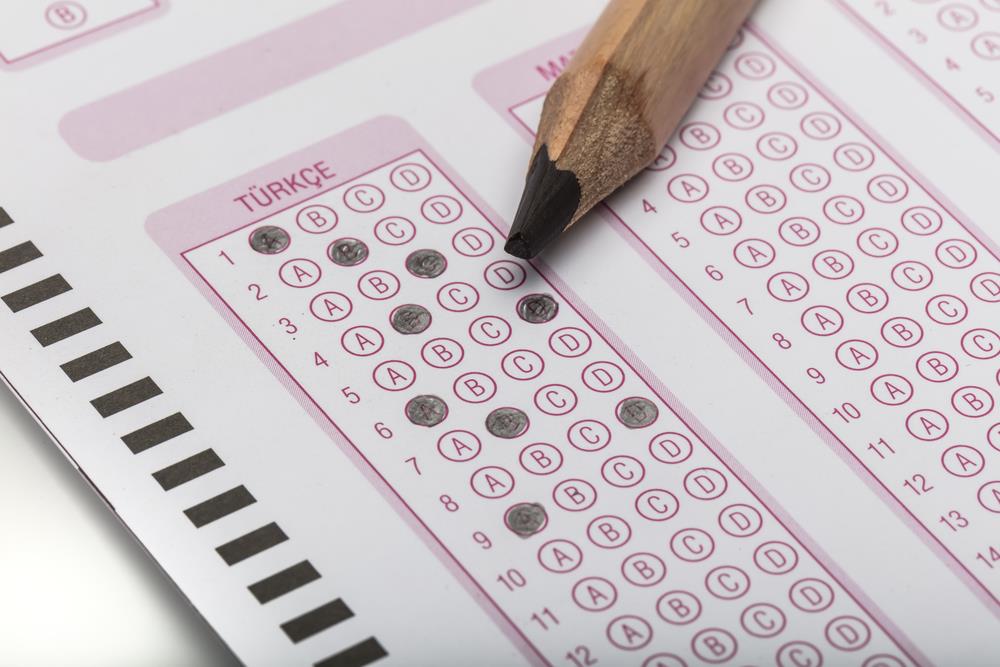D.C. Circuits

Introductory Offer

Refer a Friend
Learning Objectives
On completion of this course:
You will learn about thethree building blocks of electricity known as voltage, current and resistance. You will also learn these basic concepts and how they are related to each other to know how electricity works.
- Introduction
- Electric charge
- Voltage
- Current
- Resistence
- Ohm’s Law










Learning Objectives
On completion of this course:
You will learn the calculations required to be able to extend the range of an ammeter.
- Introduction
- Calculating Voltage across the Coil
- Calculating Current through a Resistor
- Calculating Resistor Value










Learning Objectives
On completion of this course:
You will learn how current can be measured and see how the range of an ammeter can be changed.
- Introduction
- Reading a Multi-range Ammeter
- Extending the Range of an Ammeter










Learning Objectives
On completion of this course:
You will learn how to work with units to show a wide range of values.
• Introduction
• Multiples
• Sub-Multiples
• Units










Learning Objectives
On completion of this course:
You will learn how to combine voltage measurements in different units.
- Introduction
- Calculations with Different Units
- Common Calculations










Learning Objectives
On completion of this course:
You will learn the handling of measurement errors.
- Introduction
- Absolute Error
- Measured Value
- Relative Error Calculations










Learning Objectives
On completion of this course:
You will learn the calculations needed to change the range of a voltmeter.
- Introduction
- Calculation Process










Learning Objectives
On completion of this course:
You will learn how charge is made to move around an electrical circuit.
- Introduction
- Sources of Electrical Energy
- Potential Difference
- Potential Difference and EMF










Learning Objectives
On completion of this course:
You will learn distinguish between absolute and relative measurement error.
- Introduction
- Absolute Error
- Relative Error
- Classes of Accuracy










Learning Objectives
On completion of this course:
You will learn how to extend the range of a voltmeter.
- Introduction
- Inside an Analogue Voltmeter
- Measuring on a Different Range
- Calculating the Series Resistance
- Additional Ranges










Learning Objectives
On completion of this course:
You will learn calculate the maximum and minimum resistor values from the colour code.
- Introduction
- Colour Code
- Four Band Colour Code
- Five Band Colour Code
- Preferred Values
- Important Considerations










Learning Objectives
On completion of this course:
You will learn calculations involving resistance, conductance, resistivity and conductivity.
- Introduction
- The Equations










Learning Objectives
On completion of this course:
You will learn how to calculate resistance from a voltage-current graph
- Introduction
- Voltage-Current Graphs
- Gradient of Voltage-Current Graphs
- Gradient
- Conductance
- Constant Gradient










Learning Objectives
On completion of this course:
You will learn the colour code scheme for identifying resistor values.
- Introduction
- Colour Code
- Tolerance
- Five Colour Bands
- Preferred Values
- Numerical Codes










Learning Objectives
On completion of this course:
You will learn the relationship between resistance, resistivity, conductance and conductivity.
- Introduction
- Electric Current
- Conductors and Insulators
- Resistance
- Resistivity
- Resistance and Resistivity
- Changing Resistance
- Measuring Resistance
- Temperature and Resistance
- Conductance
- Conductivity
- Calculating Conductance
- Relationships










Learning Objectives
On completion of this course:
You will learn the characteristic of a resistor as shown by the graph of I against V.
- Introduction
- Circuit with Resistance
- Resistance from Graphs
- Calculating Resistance from Graphs
- Linear and Non-Linear Graphs
- V Plotted Against I










Learning Objectives
On completion of this course:
You will learn some of the components that can change their resistance and the applications of non-linear resistances.
- Introduction
- Ohm’s Law
- Non-Linear Behaviour
- Diodes
- Thermistors
- PTC Thermistors
- Uses of PTC Thermistors
- NTC Thermistors
- Uses of NTC Thermistors
- Magnetic-Field Dependent Resistors
- Light Dependent Resistors
- Uses of Light Dependent Resistors
- Voltage Dependent Resistors (Varistors)
- Uses of Varistors










Learning Objectives
On completion of this course:
You will learn calculate electrical power and energy.
- Introduction
- Electrical Power
- Energy










Learning Objectives
On completion of this course:
You will learn calculate electrical power for devices.
- Introduction
- Power in Devices
- Maximum Power for Components
- Energy










Learning Objectives
On completion of this course:
You will learn calculate the total resistance for circuits with series connected resistors.
- Introduction
- Total Resistance
- Example for 2 Resistors in Series
- Example for 3 Resistors in Series
- Example for 4 Resistors in Series










Learning Objectives
On completion of this course:
You will learn to determine the total resistance of resistors connected in parallel.
- Introduction
- Resistors in Parallel
- Reciprocal Calculations
- Product Over Sum Method
- Break Up Calculation










Learning Objectives
On completion of this course:
You will learn to determine the total resistance of resistors connected in parallel.
- Introduction
- Resistors in Parallel
- Reciprocal Calculations
- Product Over Sum Method
- Break Up Calculation










Learning Objectives
On completion of this course:
You will analyse series and parallel circuits using I-V characteristics.
- Introduction
- Parallel Circuit – Worked Example
- Series Circuit – Worked Example










Learning Objectives
On completion of this course:
You will learn to use a mathematical method to simplify resistors in series and parallel circuits to a single resistor.
- Introduction
- Series-Parallel Resistor Combinations
- Series Resistor Combinations
- Parallel Resistor Combinations










Learning Objectives
On completion of this course:
You will learn to determine current, voltage and resistance for circuits with series connected resistors.
- Introduction
- Resistance of Resistors in Series
- Voltage in a Series Circuit
- Equal Value Resistors in Series










Learning Objectives
On completion of this course:
You will learn to determine voltage, current and total resistance for resistors connected in parallel circuits.
- Introduction
- Measuring Current in a Parallel Circuit
- Voltage in a Parallel Circuit
- Current Through Equal Resistors
- Total Resistance – Equal Value Resistors
- Current Through Different Resistors
- Total Resistance
- Difficulties with Calculations
- Alternative Technique
- Three Resistors in Parallel










Learning Objectives
On completion of this course:
You will learn how to use I-V characteristics to predict the behaviour of series and parallel circuits.
- Introduction
- Characteristic Graphs
- Analysing the Graph for a Resistor
- Analysing Circuits
- Analysing Parallel Circuits
- Analysing Series Circuits










Learning Objectives
On completion of this course:
You will learn how to identify a single resistance equivalent to a series and parallel resistor circuit.
- Introduction
- Series Resistor Circuit
- Parallel Resistor Circuit
- Series-Parallel Resistor Combination
- Voltage Divider Supplying a Load
- Simplifying a Complex Circuit










Learning Objectives
On completion of this course:
You will learn how to apply Kirchhoff’s First Law.
- Introduction
- Nodes










Learning Objectives
On completion of this course:
You will learn about Kirchhoff’s Second Law.
- Introduction
- Single Loop Circuit
- Circuit with Two Loops










Learning Objectives
On completion of this course:
You will learn to use Kirchhoff’s First Law to calculate currents in circuits.
- Introduction
- Currents at a Node
- Calculation of Circuit Currents










Learning Objectives
On completion of this course:
You will learn how to perform calculations using Kirchhoff’s Voltage Law.
- Introduction
- Kirchhoff’s Voltage Law
- Circuit with Two Loops










Learning Objectives
On completion of this course:
You will learn how the superposition principle can be used to calculate current in a circuit.
- Introduction
- Applying the Superposition Theorem
- Superposition – Worked Example










Learning Objectives
On completion of this course:
You will learn how to apply the superposition principle to find the currents in a circuit.
- Introduction
- Superposition – Worked Example










Learning Objectives
On completion of this course:
You will learn how to produce a Thévenin equivalent circuit by calculation.
- Introduction
- Calculation Method
- Internal Resistance Calculation Method
- Adding an External Load










Learning Objectives
On completion of this course:
You will learn how to produce a Thévenin equivalent circuit by measurement.
- Introduction
- Thévenin’s Theorem
- Thévenin Equivalent Circuit
- Battery Internal Resistance
- Taking Measurements
- Terminal Voltage
- Adjusting Load Resistance
- Obtaining the Internal Voltage Drop
- Measuring the Short Circuit Current









